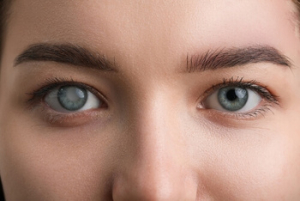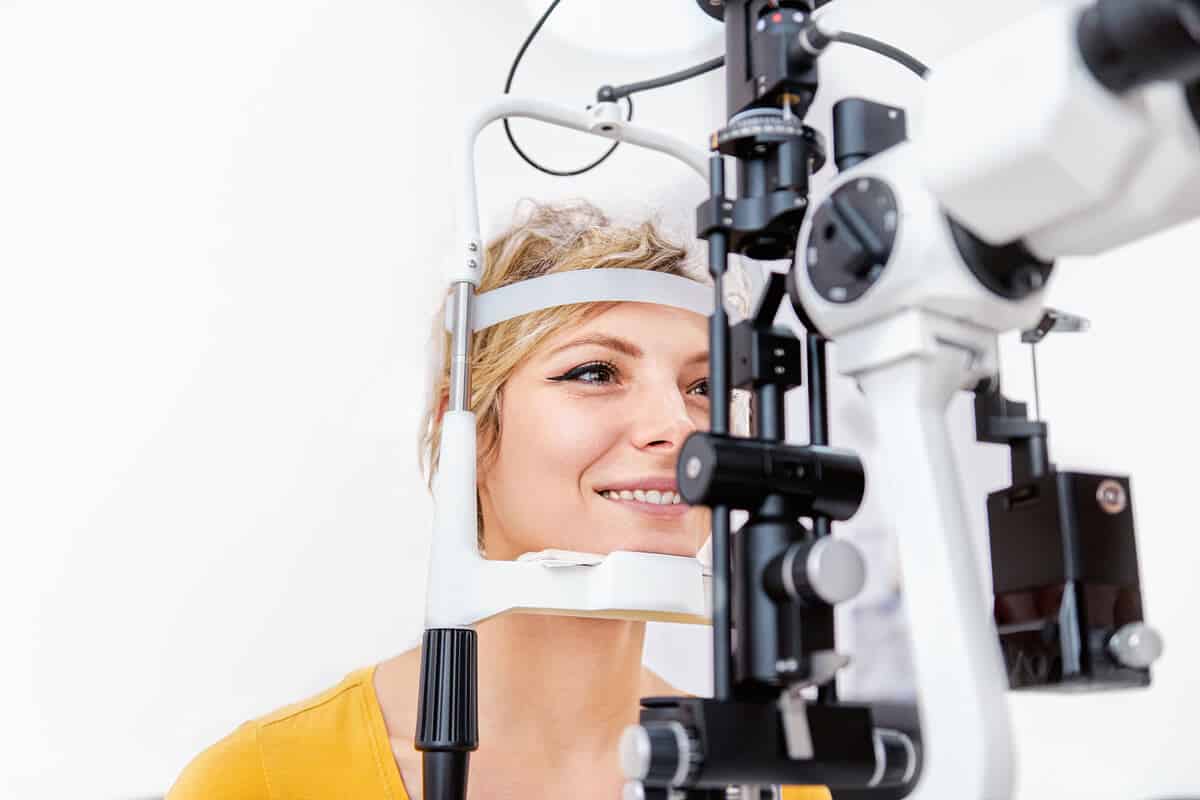Does Smoking Cause Glaucoma In Older Adults? What To Know
Glaucoma is a set of progressive eye diseases that can eventually cause vision loss if not managed appropriately. As we age, maintaining eye health becomes increasingly important, especially for those with lifestyle factors that may contribute to the condition. One such factor, smoking, has been linked to several eye conditions. But does smoking cause glaucoma in older adults? That’s what we’re here to explore in detail.
This guide will provide you with a comprehensive, evidence-informed look at the relationship between cigarette smoking and glaucoma, especially in older adults.
Whether you’re a current smoker, have smoked in the past, or are simply looking to protect your eye health, this article is for you.
Why Is Glaucoma A Concern For Older Adults?
As we age, the risk of developing glaucoma rises, making it more prevalent in individuals over 60. This progressive condition can lead to irreversible damage to the optic nerve, gradually impacting vision.
Types Of Glaucoma
Glaucoma is not a single disease but a group of diseases that damage the optic nerve. The various types of glaucoma include:
- Primary Open-Angle Glaucoma: The most known form, where the eye’s drainage canals become blocked over time, causing increased eye pressure and gradual optic nerve damage. This type typically develops slowly.
- Angle-Closure Glaucoma: A less common but more urgent type, where the angle between the iris and cornea is too narrow, leading to a sudden increase in eye pressure. This can cause immediate vision loss and requires emergency treatment.
- Normal-Tension Glaucoma: In this form, optic nerve damage occurs despite normal eye pressure. While the exact cause is unknown, something like lower blood flow to the optic nerve might play a role.
- Secondary Glaucoma: This type develops due to another medical condition, such as an eye injury, eye disease, or other conditions like diabetes or cataracts.
- Congenital Glaucoma: A form that occurs in infants and young children, usually due to abnormal eye development at birth.
Signs And Symptoms To Look Out For
Common signs of glaucoma are:
- Blurred vision
- Loss of peripheral or side vision
- Eye pressure or discomfort
- Halos around lights
- Difficulty adjusting to darkness
Does Smoking Cause Glaucoma?
Recent studies suggest that smoking, especially heavy smoking, can increase the risk of glaucoma progression.
This happens because smoking can cause damage to the tiny blood vessels in the eye and reduce ocular blood flow. This can make glaucoma worse over time.
It’s also important to know that smoking affects the eye’s intraocular pressure (IOP). High IOP is a primary risk factor for glaucoma.
One important finding is that quitting smoking could help slow down glaucoma’s progression. So, while smoking doesn’t directly cause glaucoma’s onset, it can certainly make things worse for people who already have it.
The best advice? If you’re a smoker, quitting could be one of the best things you can do for your eye health, especially if you are at risk for or already have glaucoma.
Smoking And Other Eye Diseases
Smoking has been linked to several serious eye conditions, often making symptoms worse and increasing the risk of developing these diseases.
- Age-Related Macular Degeneration (AMD): Chronic smokers are more likely to develop AMD, a condition that damages the central vision. Smoking is one of the risk factors for age-related macular degeneration (AMD).
- Diabetic Retinopathy: Tobacco smoking may worsen diabetic retinopathy, a complication of diabetes that affects the retinal blood vessels.
- Developing Cataracts: Smoking increases the risk of developing cataracts, clouding the eye’s natural lens.
- Thyroid Eye Disease: Cigarette smoking is a known additional risk factor for the progression of thyroid eye disease, a condition that causes bulging eyes and double vision.
- Dry Eye Syndrome: Smoking can contribute to dry eye syndrome, leading to discomfort, blurry vision, and a feeling of grit in the eyes.
Steps To Protect Your Eye Health
Taking proactive steps to protect your ocular health is crucial. Here are some necessary actions you can take:
- Quit Smoking: Since smoking affects your ocular health, quitting is one of the best decisions you can make for your eyes. It reduces your risk of developing glaucoma and helps with overall disease control.
- Work With Health Professionals: Speak with health professionals who can guide you on managing your smoking status, lifestyle, and eye care.
- Regular Eye Examinations: Early glaucoma diagnosis can significantly improve vision preservation. Schedule regular eye checks, especially if you’re over 60 or have other risk factors.
- Monitor Other Health Conditions: Managing systemic blood pressure, blood sugar, and cholesterol levels is key to maintaining healthy ocular blood flow and reducing glaucoma risk.
What Glaucoma Patients Should Know
Glaucoma patients need to understand a few key points about managing their condition:
1. No Cure
Although there is no cure and you cannot restore vision, early glaucoma diagnosis and consistent management can significantly slow its progression and help protect your vision over time.
2. Current Treatments
Treatment typically involves medicated eye drops, laser therapy, or, in some cases, surgery to lower the intraocular pressure and prevent further damage to the eye’s nerve.
3. Lifestyle Adjustments
In addition to quitting smoking, making positive lifestyle changes such as staying active, eating a balanced diet, and limiting alcohol consumption can lead to better long-term outcomes and overall eye health.
Frequently Asked Questions
Is glaucoma hereditary or caused by lifestyle?
Glaucoma can be caused by a combination of genetic and environmental factors, including smoking, poor diet, and lack of exercise.
What are other common risk factors for glaucoma?
Other common risk factors for glaucoma include:
- Conditions such as diabetes and hypertension
- Ethnicity, particularly among African, Asian, and Hispanic populations
Can smoking cause permanent vision loss?
Yes, smoking can contribute to permanent vision loss, especially when it comes to glaucoma. The toxins in cigarette smoke can damage the optic nerve over time, leading to irreversible vision loss if left untreated.
Conclusion
So, does smoking cause glaucoma? The evidence suggests that while a direct cause has not been conclusively established, smoking is an environmental risk factor that contributes to the increased risk of worsening glaucoma.

Speak with your ophthalmologist about regular screenings, and explore supportive ways to quit smoking if you’re still smoking.
Remember, small changes can make a big difference. And when it comes to your eyes, every positive decision counts. By understanding the link between smoking and glaucoma, you’re already one step closer to protecting your vision for the years to come.
If you’re concerned about your eye health or are at higher risk of glaucoma, it’s never too early to take action.
Our team of experienced eye care professionals is here in Melbourne to guide you through the steps to protect your vision and discuss the best options for your needs.
Schedule a comprehensive eye exam today and get the support you need to safeguard your sight for the future.
To book an appointment or ask any questions, contact Mornington Peninsula Eye Clinic at (03) 9070 3580.
Note: Any surgical or invasive procedure carries risks. Before proceeding, you should seek a second opinion from an appropriately qualified health practitioner.
Sources
Kulkarni, A. and Banait, S. (2023) Through the Smoke: An In-Depth Review on Cigarette Smoking and Its Impact on Ocular Health. Cureus, 15. DOI: 10.7759/cureus.47779.
Lee, C. S., Owen, J. P., Yanagihara, R. T., et al. (2020) Smoking Is Associated with Higher Intraocular Pressure Regardless of Glaucoma. Ophthalmology Glaucoma, 3, 253–261. DOI: 10.1016/j.ogla.2020.03.008.
Lin, A. P (2025) Acute Angle-Closure Glaucoma (AACG). In Medscape (ed. I. Irak Dersu). Available at: https://emedicine.medscape.com/article/1206956-overview?form=fpf (accessed 22 April 2025).
Mahmoudinezhad, G., Meller, L. and Moghimi, S. (2024) Impact of Smoking on Glaucoma. Current Opinion in Ophthalmology, 35, 124–130. DOI: 10.1097/icu.0000000000001023.
World Health Organization (2022) Smoking Linked to Early Vision Loss and Cataracts. Available at: https://www.who.int/news/item/20-10-2022-smoking-linked-to-early-vision-loss-and-cataracts (accessed 22 April 2025).







Leave a Reply
Want to join the discussion?Feel free to contribute!